Research on Control Strategies for Improving the Minimum Turning Diameter in Pure Electric Vehicles
DOI: 10.23977/jeeem.2024.070220 | Downloads: 17 | Views: 1268
Author(s)
Bocheng Zhu 1, Qingfeng Xin 1, Junping Jiang 1, Liang Wang 1, Fulu Sun 1
Affiliation(s)
1 Zhejiang Geely Holding Group, Chongqing Ruilan Automotive Research Institute Co., Ltd, Chongqing, China
Corresponding Author
Bocheng ZhuABSTRACT
The minimum turning diameter is a direct reflection of a vehicle's agility. In research aimed at optimizing control to minimize the turning diameter, the key lies in understanding and adjusting various factors that impact vehicular steering performance. This paper focuses on front-wheel drive electric vehicles, with the primary research emphasis on identifying the optimal hydraulic brake distribution strategy under cornering conditions, targeting enhanced maneuverability. By adopting a control scheme that involves coordinated braking of non-driven wheels, particularly focusing on the outer wheel, simulation analysis reveals that implementing this control strategy can reduce the minimum turning diameter from 10.82 meters to 9.89 meters. Through real-vehicle functional testing, integrating this control strategy into an onebox braking system further demonstrates its effectiveness, decreasing the minimum turning diameter from 10.92 meters to 9.94 meters. The similarity between simulation and real-vehicle test results indicates that this control strategy significantly improves the vehicle's minimum turning diameter, thereby enhancing its maneuverability during turns while ensuring driving safety and handling stability.This finding highlights the potential of advanced braking coordination techniques, specifically targeting non-driven wheels during cornering maneuvers, to achieve tighter turning radii in electric vehicles without compromising safety or dynamic handling. This development holds significant promise for improving overall driving experience and efficiency in urban environments where tight maneuverability is often required.
KEYWORDS
Minimum Turning Diameter; Control Strategy; Brake Hydraulic; Simulation Trials; Real Vehicle TestingCITE THIS PAPER
Bocheng Zhu, Qingfeng Xin, Junping Jiang, Liang Wang, Fulu Sun, Research on Control Strategies for Improving the Minimum Turning Diameter in Pure Electric Vehicles. Journal of Electrotechnology, Electrical Engineering and Management (2024) Vol. 7: 156-164. DOI: http://dx.doi.org/10.23977/jeeem.2024.070220.
REFERENCES
[1] Zhang Haifeng, Yuan Jing, Zhu Pan, et al. Research on Minimum Turning Diameter Measurement of Automobiles Based on Monocular Vision. China Measurement, 2023, 49(03): 109-113.
[2] Zhao Xianxin, Yu Junfei, Zhou Xinglin. Analysis and Modification of Calculation Model for Minimum Turning Diameter of Automobiles. China Science and Technology Paper, 2019, 14(10): 1123-1127.
[3] Li Qian, Li Dehai, Zhao Qin, et al. GPS-Based Testing Technique for Minimum Turning Diameter of Automobiles. Highway and Automobile Transportation, 2017, (04): 1-3.
[4] Song Wentao, Jiao Baolei. Analysis of Control Problems for Minimum Turning Diameter of Vehicles. Enterprise Science and Technology Development, 2016, (06): 69-73.
[5] Sun Chao. Research on Turning Control Algorithm for Autonomous Vehicles at Crossroad in the Vehicle-to-Vehicle Communication Environment. Hefei University of Technology, 2021.
[6] Bootorabi, F., Haapasalo, J., Smith, E., Haapasalo, H. and Parkkila, S. (2011) Carbonic Anhydrase VII—A Potential Prognostic Marker in Gliomas. Health, 3, 6-12.
[7] Wang Haifeng, Zhang Lei, Shao Wenbin. Discussion on Factors Influencing Turning Diameter and Optimization Solutions. Practical Automobile Technology, 2017, (06): 84-85.
| Downloads: | 5503 |
|---|---|
| Visits: | 288414 |
Sponsors, Associates, and Links
-
Power Systems Computation
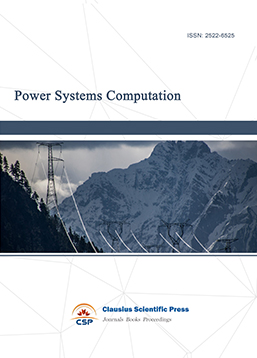
-
Internet of Things (IoT) and Engineering Applications
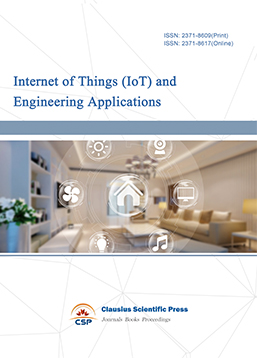
-
Computing, Performance and Communication Systems
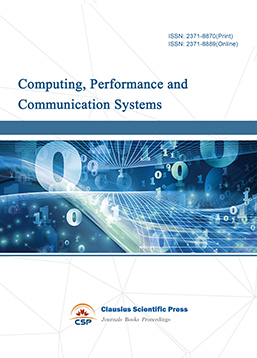
-
Journal of Artificial Intelligence Practice
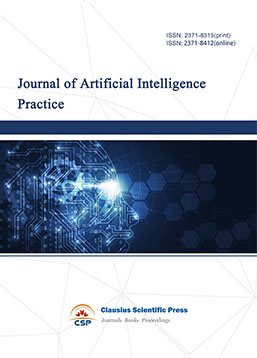
-
Advances in Computer, Signals and Systems
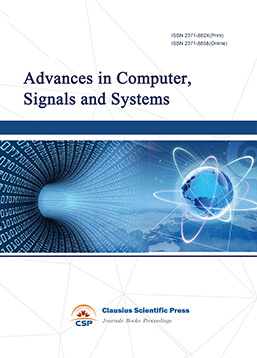
-
Journal of Network Computing and Applications
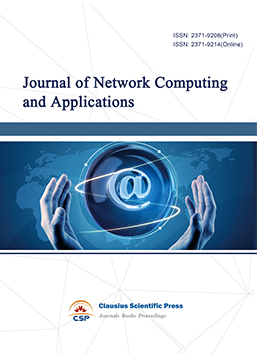
-
Journal of Web Systems and Applications
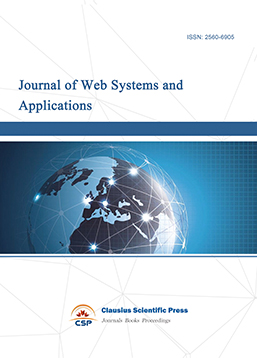
-
Journal of Wireless Sensors and Sensor Networks
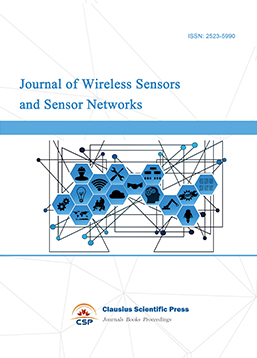
-
Journal of Image Processing Theory and Applications
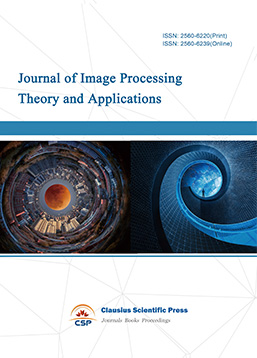
-
Mobile Computing and Networking

-
Vehicle Power and Propulsion
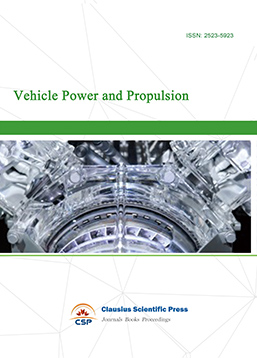
-
Frontiers in Computer Vision and Pattern Recognition
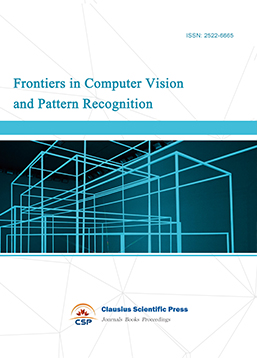
-
Knowledge Discovery and Data Mining Letters
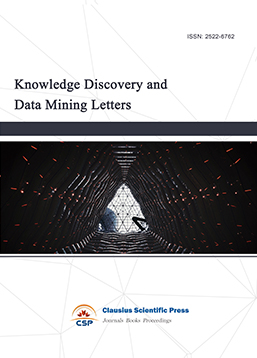
-
Big Data Analysis and Cloud Computing

-
Electrical Insulation and Dielectrics
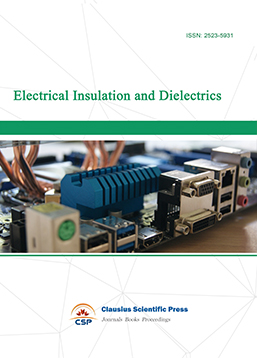
-
Crypto and Information Security
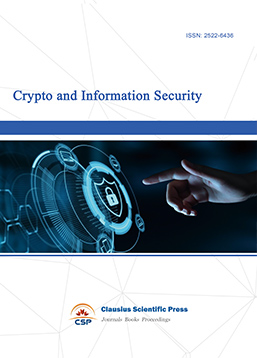
-
Journal of Neural Information Processing

-
Collaborative and Social Computing

-
International Journal of Network and Communication Technology
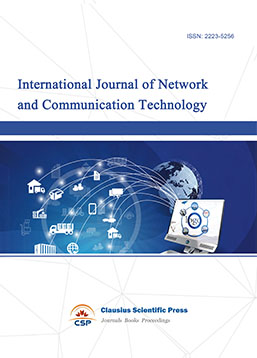
-
File and Storage Technologies

-
Frontiers in Genetic and Evolutionary Computation
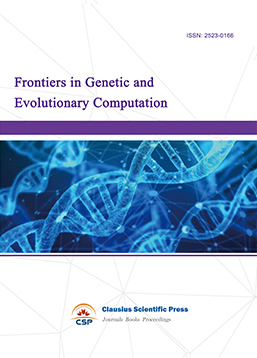
-
Optical Network Design and Modeling
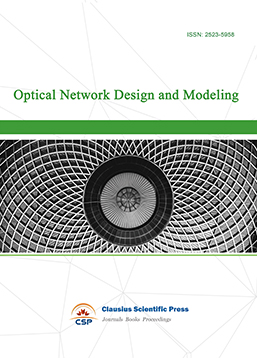
-
Journal of Virtual Reality and Artificial Intelligence
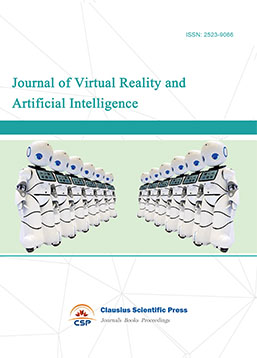
-
Natural Language Processing and Speech Recognition
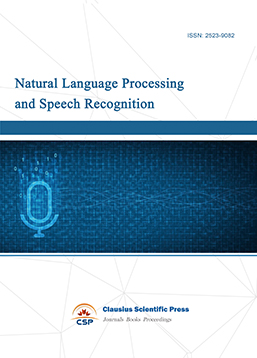
-
Journal of High-Voltage
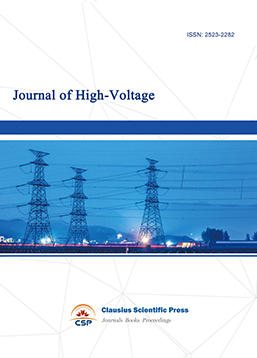
-
Programming Languages and Operating Systems
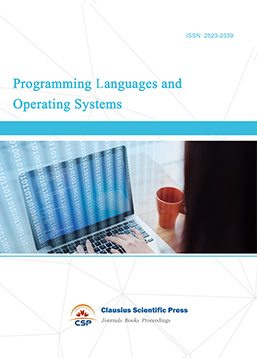
-
Visual Communications and Image Processing
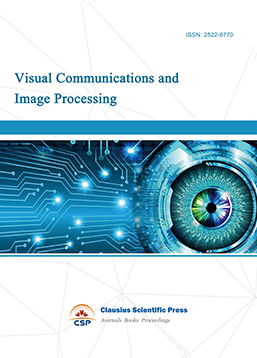
-
Journal of Systems Analysis and Integration
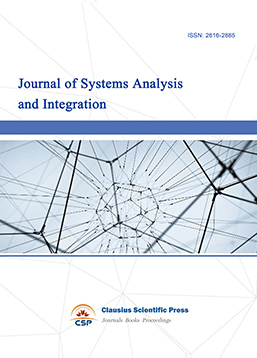
-
Knowledge Representation and Automated Reasoning
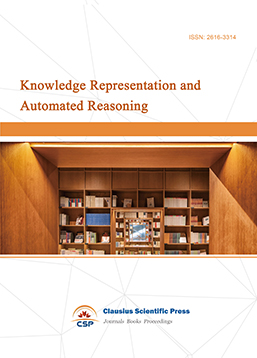
-
Review of Information Display Techniques
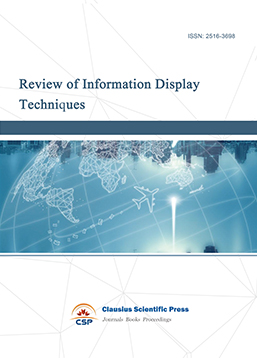
-
Data and Knowledge Engineering
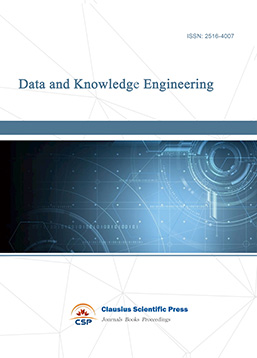
-
Journal of Database Systems
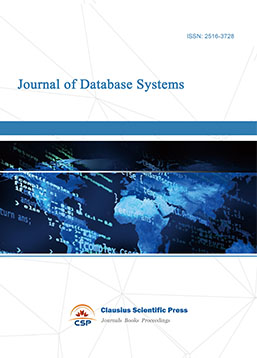
-
Journal of Cluster and Grid Computing
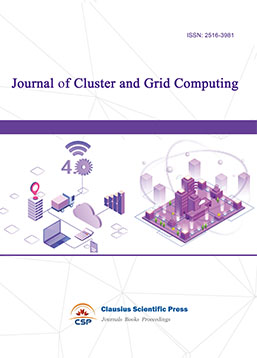
-
Cloud and Service-Oriented Computing

-
Journal of Networking, Architecture and Storage

-
Journal of Software Engineering and Metrics
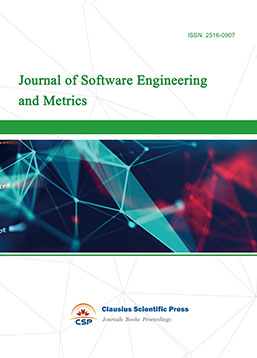
-
Visualization Techniques
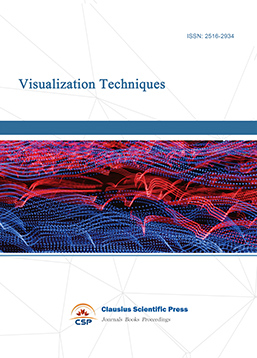
-
Journal of Parallel and Distributed Processing
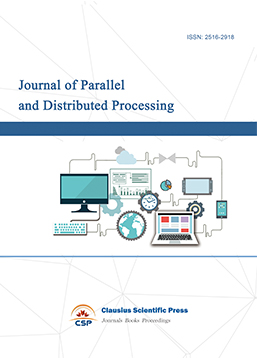
-
Journal of Modeling, Analysis and Simulation
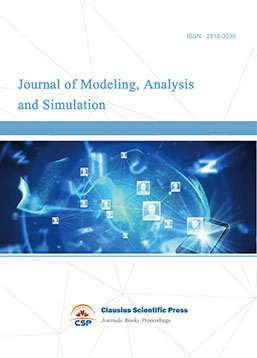
-
Journal of Privacy, Trust and Security

-
Journal of Cognitive Informatics and Cognitive Computing
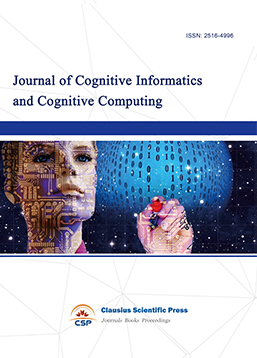
-
Lecture Notes on Wireless Networks and Communications

-
International Journal of Computer and Communications Security
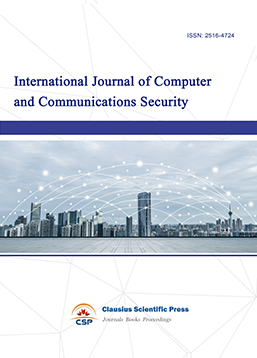
-
Journal of Multimedia Techniques
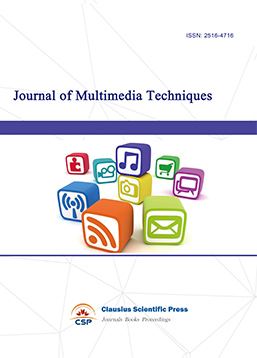
-
Automation and Machine Learning
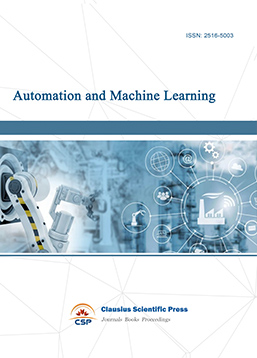
-
Computational Linguistics Letters
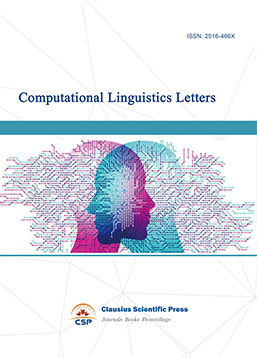
-
Journal of Computer Architecture and Design
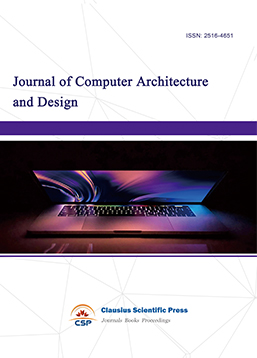
-
Journal of Ubiquitous and Future Networks


 Download as PDF
Download as PDF